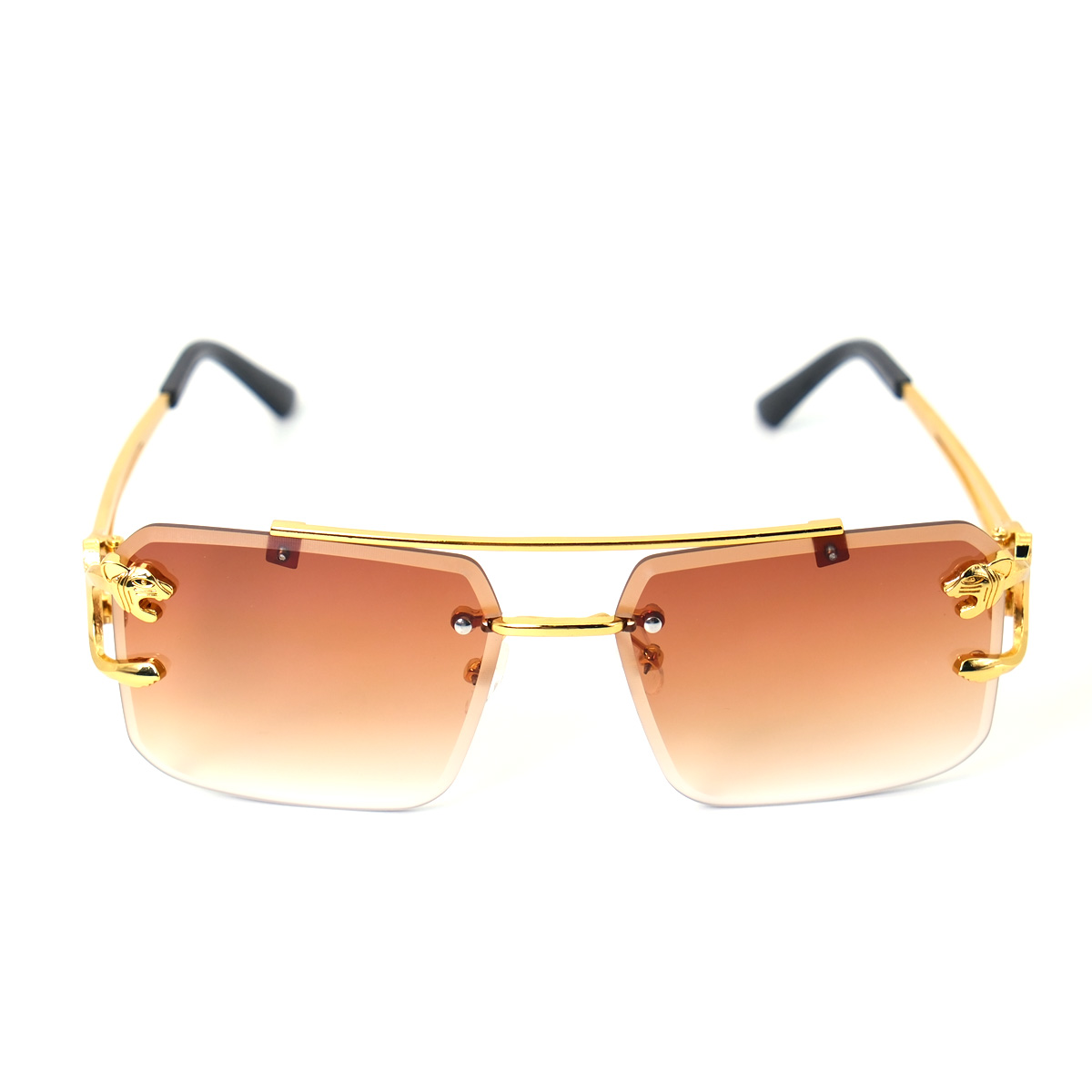How to Identify Anti-Blue Light Glasses
In today's digital age, we spend a significant amount of time in front of screens, exposing our eyes to harmful blue light emitted by electronic devices. To protect our eyes and minimize the potential negative effects of blue light, many people turn to anti-blue light glasses. However, with the increasing popularity of these glasses, it's important to know how to identify genuine anti-blue light glasses. In this article, we will explore the key factors to consider when identifying authentic anti-blue light glasses, enabling you to make an informed decision and safeguard your eye health.
1. Understand the Purpose of Anti-Blue Light Glasses:
Before delving into the identification process, it's essential to understand the purpose of anti-blue light glasses. These glasses are designed to block or filter out a portion of the high-energy blue light spectrum emitted by screens. By reducing the exposure to blue light, they aim to alleviate eye strain, improve sleep quality, and minimize the risk of long-term eye damage.
2. Check for a Blue Light Filter Coating:
Authentic anti-blue light glasses should have a specialized blue light filter coating applied to the lenses. This coating is designed to selectively block or absorb blue light while allowing other visible light to pass through. When examining glasses, look for information or specifications confirming the presence of a blue light filter coating.

3. Verify the Optical Quality of the Lenses:
High-quality lenses are crucial for effective blue light protection and visual clarity. Genuine anti-blue light glasses often use lenses made from materials such as polycarbonate or Trivex, which are known for their durability and optical performance. These lenses should also be free from distortions, such as chromatic aberration or blurriness, which could indicate poor quality.
4. Evaluate the Visible Light Transmission (VLT):
The visible light transmission (VLT) refers to the amount of visible light that can pass through the lenses. Authentic anti-blue light glasses typically have a VLT rating between 10% and 50%. This means they block a significant portion of blue light while maintaining adequate visibility. Glasses with extremely high VLT ratings may not effectively filter out blue light.
5. Look for UV Protection:
In addition to blocking blue light, genuine anti-blue light glasses often provide UV protection. Ultraviolet (UV) radiation from the sun can also cause eye damage, so it's beneficial to have glasses that offer both blue light and UV protection. Check for labels or indications of UV400 protection, which means the lenses block 99-100% of UVA and UVB rays.
6. Consider the Source and Reputation:
When purchasing anti-blue light glasses, it's important to consider the source and reputation of the brand or retailer. Look for established companies that specialize in eyewear and have a track record of producing high-quality products. Reading customer reviews and seeking recommendations can also help gauge the authenticity and effectiveness of the glasses.
Identifying genuine anti-blue light glasses is essential for effectively protecting your eyes from the potential harm of blue light exposure. When evaluating glasses, ensure they have a blue light filter coating, high-quality lenses, appropriate visible light transmission, and UV protection. Additionally, consider the reputation of the brand or retailer. By following these guidelines, you can confidently select anti-blue light glasses that provide optimal eye protection and promote overall visual well-being in today's digital world.
